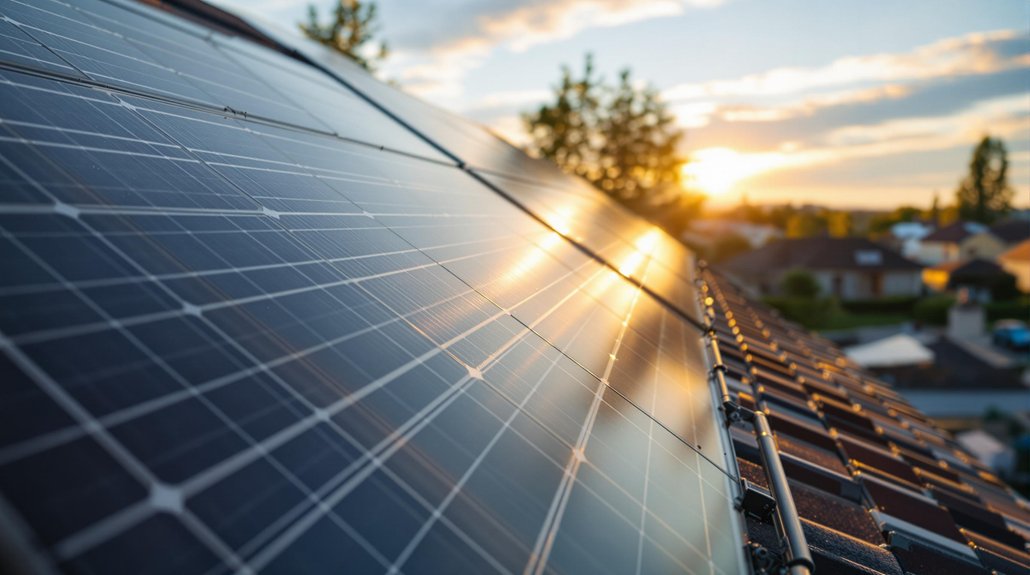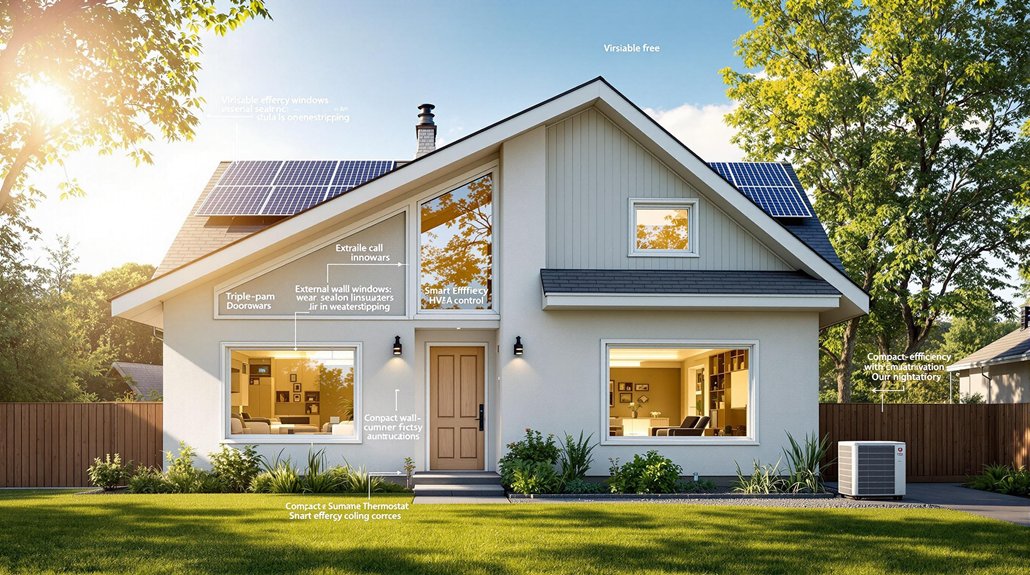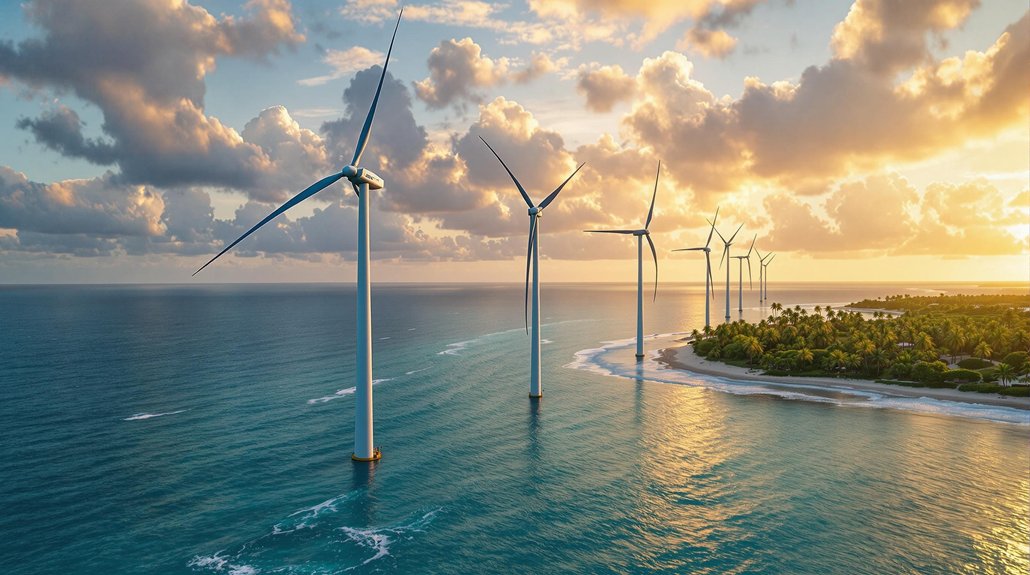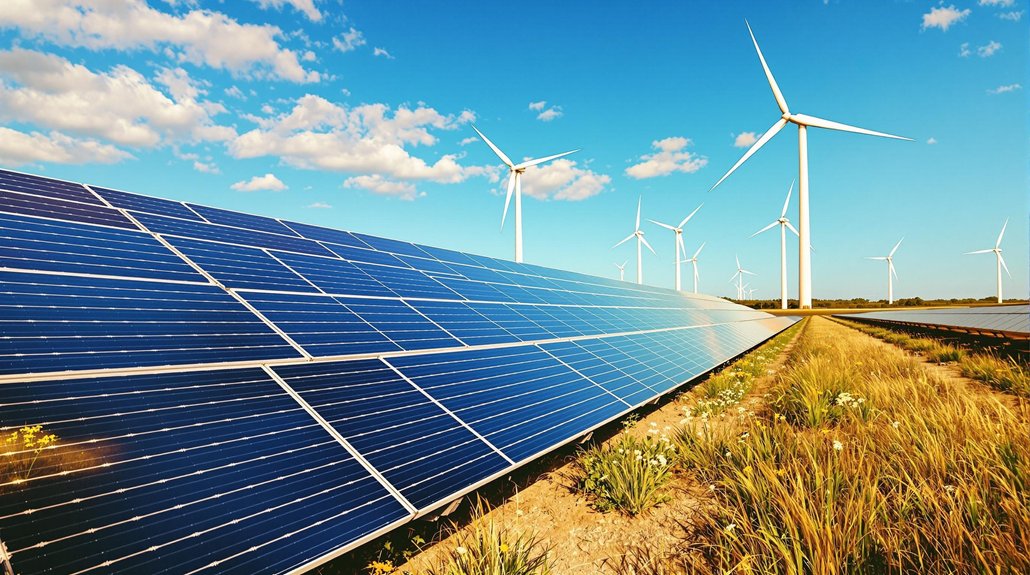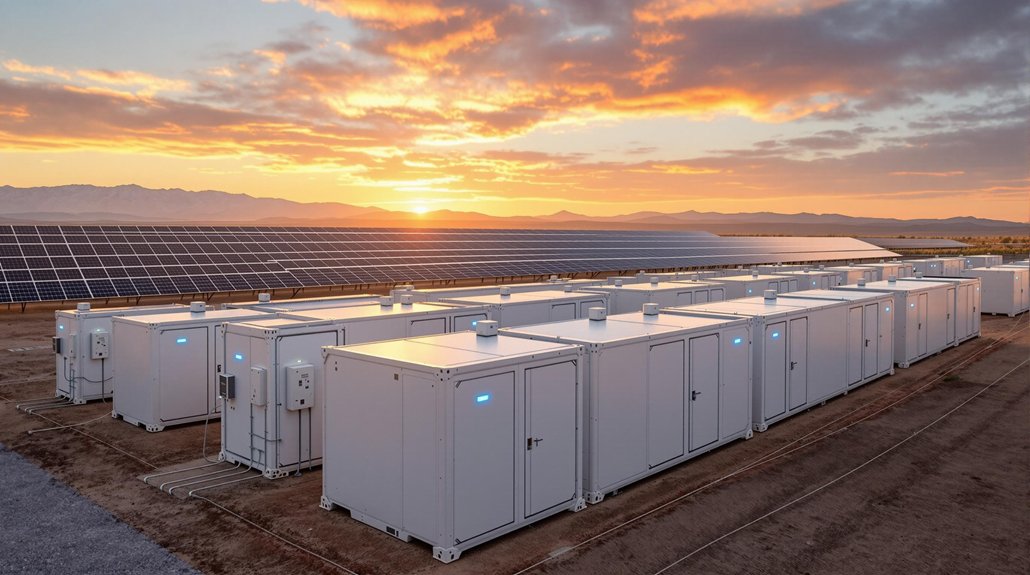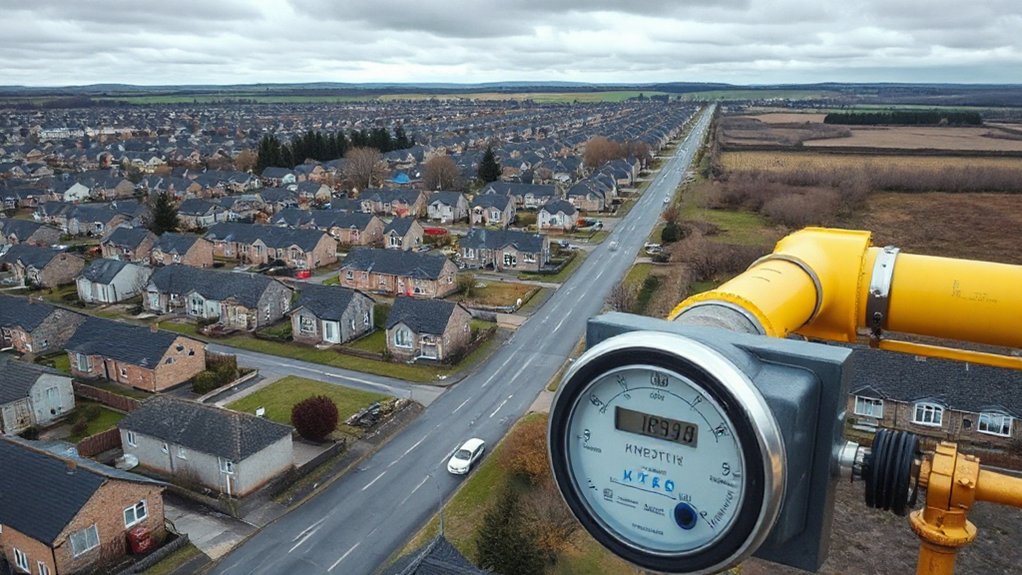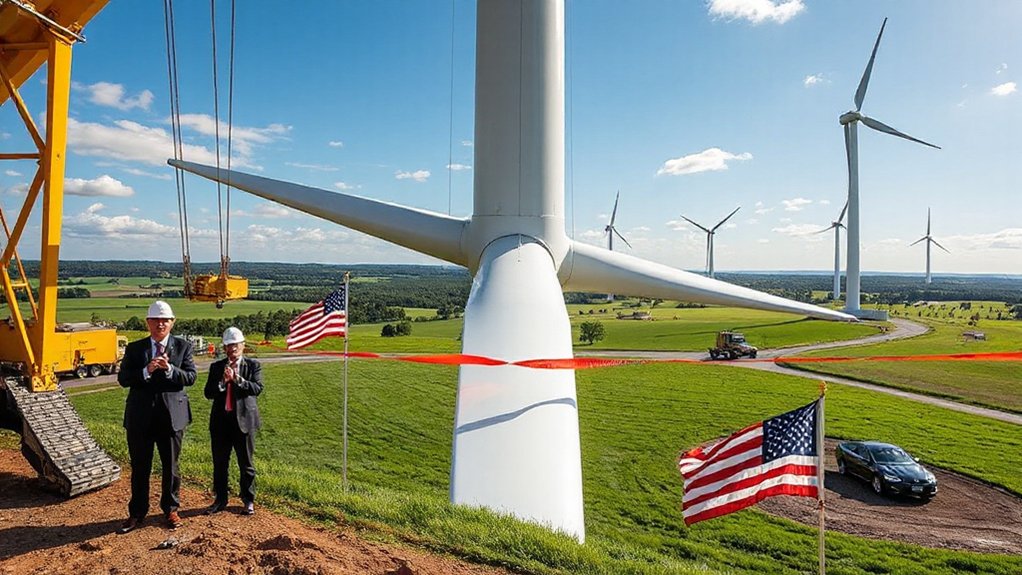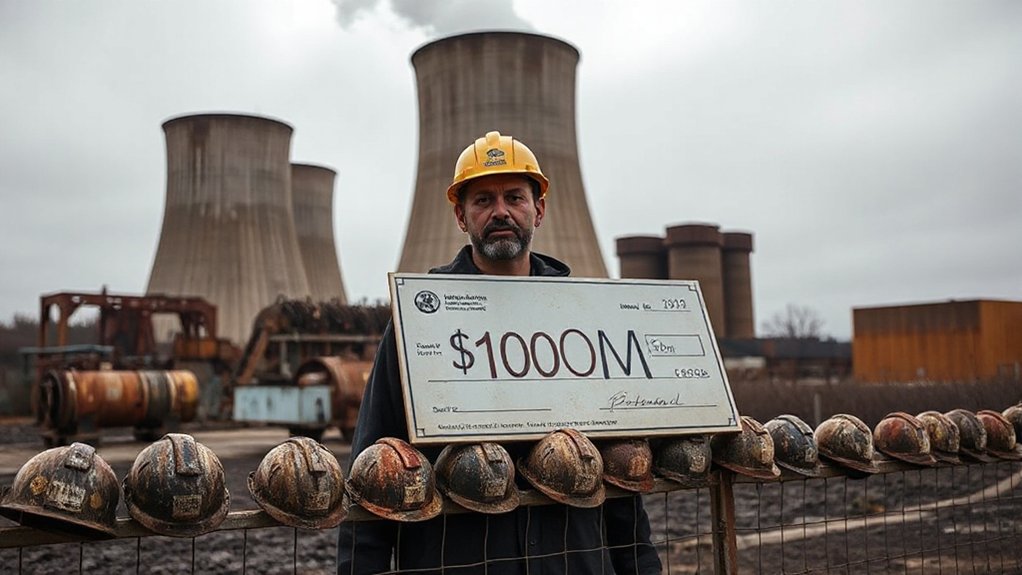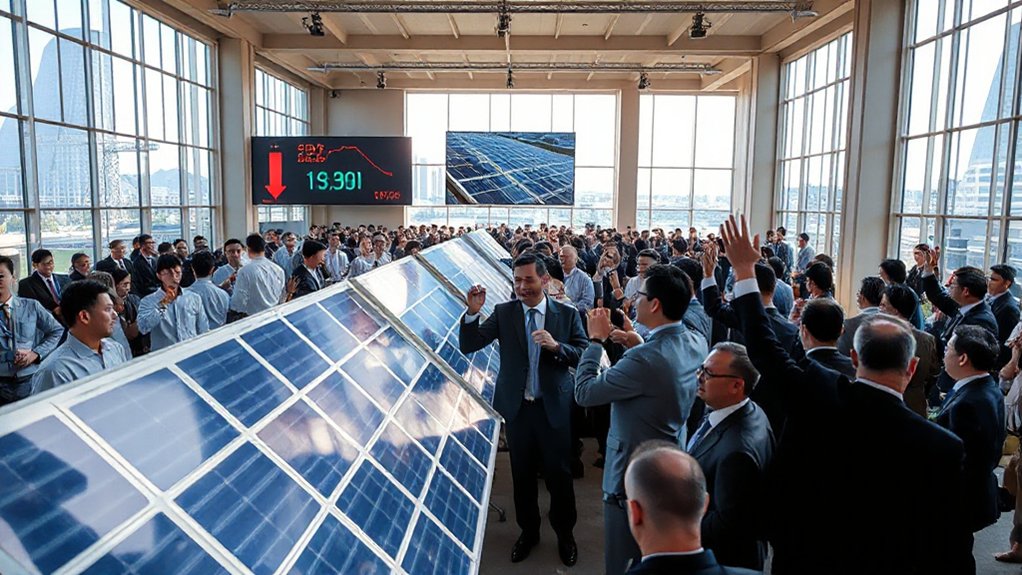Solar panels typically last 25 to 30 years, but don’t stop working after this period. They gradually lose efficiency at a rate of about 0.5% annually. Quality panels may degrade more slowly at 0.3% per year. Factors affecting longevity include material quality, installation methods, climate conditions, and maintenance routines. Regular cleaning and inspections help maximize their lifespan. The following guide explores how homeowners can extend their solar investment‘s productive years.
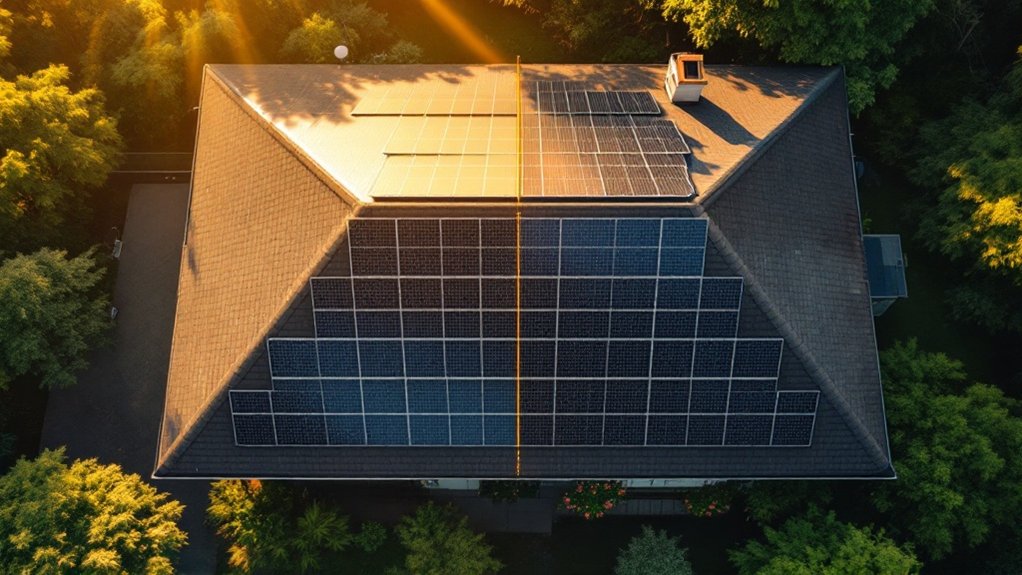
When homeowners invest in solar power systems, they often wonder about the lifespan of their new equipment. Most solar panels last between 25 to 30 years, though they can continue generating electricity beyond this timeframe. Their efficiency gradually decreases as they age, but they don’t simply stop working after three decades.
Solar panels don’t simply die after 30 years—they gradually become less efficient while continuing to generate electricity for decades.
Solar panels degrade at an average rate of about 0.5% per year. This means if a panel produces 100% of its rated output when new, it will still operate at roughly 87.5% efficiency after 25 years. High-quality panels often have even better degradation rates, around 0.3% annually, resulting in 92% efficiency after 25 years. The first year typically shows slightly higher degradation of 2-3%. Some historic installations demonstrate remarkable durability, with panels at Oldenburg University functioning since 1976.
Several factors influence how long solar panels last. Quality of materials and manufacturing methods play significant roles. Installation practices, local climate, and maintenance also affect longevity. Modern bifacial panels provide enhanced energy generation by capturing sunlight from both sides, potentially extending their useful life. Panels in extreme weather conditions might degrade faster than those in mild climates. Regular cleaning helps mitigate the effects of UV exposure, which is a primary cause of solar panel degradation over time.
Homeowners can identify panel degradation through decreased energy production, visible damage like cracks or discoloration, higher electricity bills, or problems with the inverter. Regular monitoring helps detect these issues early.
To maximize panel lifespan, regular cleaning to remove dirt and debris is essential. Professional inspections can identify potential problems before they worsen. Proper ventilation helps prevent overheating, which can accelerate degradation.
Most manufacturers offer warranties covering 25-30 years. Performance warranties typically guarantee 90% capacity for the first 10 years and 80% for 25-30 years. Some companies provide linear warranties with more specific annual guarantees.
When panels eventually reach the end of their useful life, several options exist. Recycling programs can recover valuable materials. Some panels can be repurposed for low-power applications. Certified e-waste facilities offer proper disposal methods, and some manufacturers have take-back programs to handle old equipment responsibly.
Frequently Asked Questions
Can Solar Panels Be Recycled After Their Useful Life?
Solar panels can indeed be recycled after their useful life.
Currently, 80-90% of panel components are recyclable, with glass and metals being easiest to process.
However, only about 10% of panels in the U.S. are actually recycled, while Europe achieves much higher rates through specialized programs.
The recycling market is growing and could create $15 billion in recoverable value by 2050.
Do Solar Panels Require Maintenance to Reach Their Lifespan Potential?
Solar panels do require maintenance to reach their full lifespan potential.
Regular cleaning 2-4 times yearly removes dirt and debris, increasing energy production by 3-5%.
Annual inspections check for damage and monitor system efficiency.
Vegetation management prevents shading issues, while system monitoring helps identify problems early.
These simple maintenance tasks help guarantee panels operate efficiently throughout their expected 25-30 year lifespan.
How Does Weather Affect the Longevity of Solar Panels?
Weather greatly impacts solar panel longevity. High temperatures above 80°F reduce efficiency and accelerate degradation.
Rain helps clean panels, but snow accumulation blocks sunlight. Strong winds can damage mounting systems, while hail may crack panel surfaces.
UV radiation causes natural degradation at 0.5-0.8% annually. Most panels withstand winds up to 140 mph, but hurricanes and tornadoes pose serious risks.
Regular post-storm inspections are essential. Weather conditions ultimately determine if panels reach their 25-30 year potential.
Are There Warranty Differences Between Solar Panel Manufacturers?
Warranty differences between solar panel manufacturers are significant.
Product warranties range from 10-25 years, while performance warranties typically last 25-30 years. Premium manufacturers offer longer coverage periods than budget options.
Coverage varies too – some include labor and shipping costs for replacements, while others don’t.
Degradation rate guarantees also differ, with premium panels promising 92% output after 25 years compared to 80-85% for standard panels.
What Causes Solar Panels to Degrade Over Time?
Solar panels degrade over time due to several factors.
Environmental conditions like UV radiation, temperature changes, and moisture cause material breakdown. Manufacturing quality affects durability, with lower-grade materials failing faster.
Installation problems and poor maintenance accelerate degradation. Chemical processes also play a role, including light-induced degradation in the first year.
Regular cleaning and proper mounting can help minimize some of these effects, but all panels naturally decline with age.
